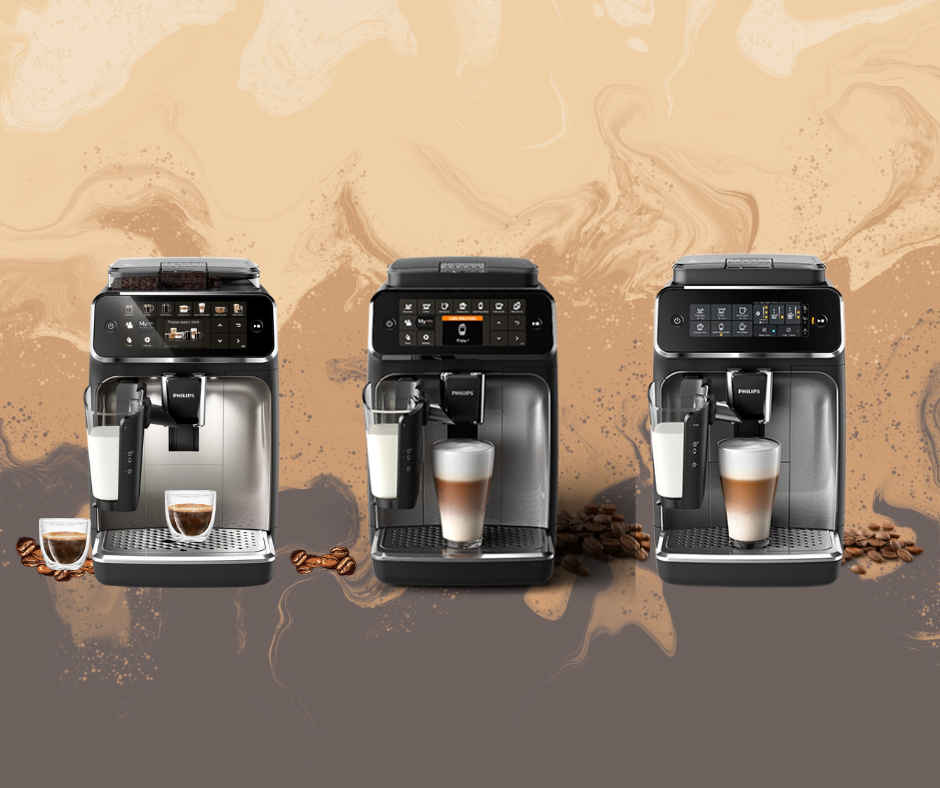Espresso machines have become a staple in many homes and cafés, delivering a perfect shot of espresso to jumpstart your day. However, beneath their polished exterior and delightful brews, there lies a complex system of high pressure and temperatures. If not managed properly, these factors can lead to serious safety concerns, including the potential for explosions.
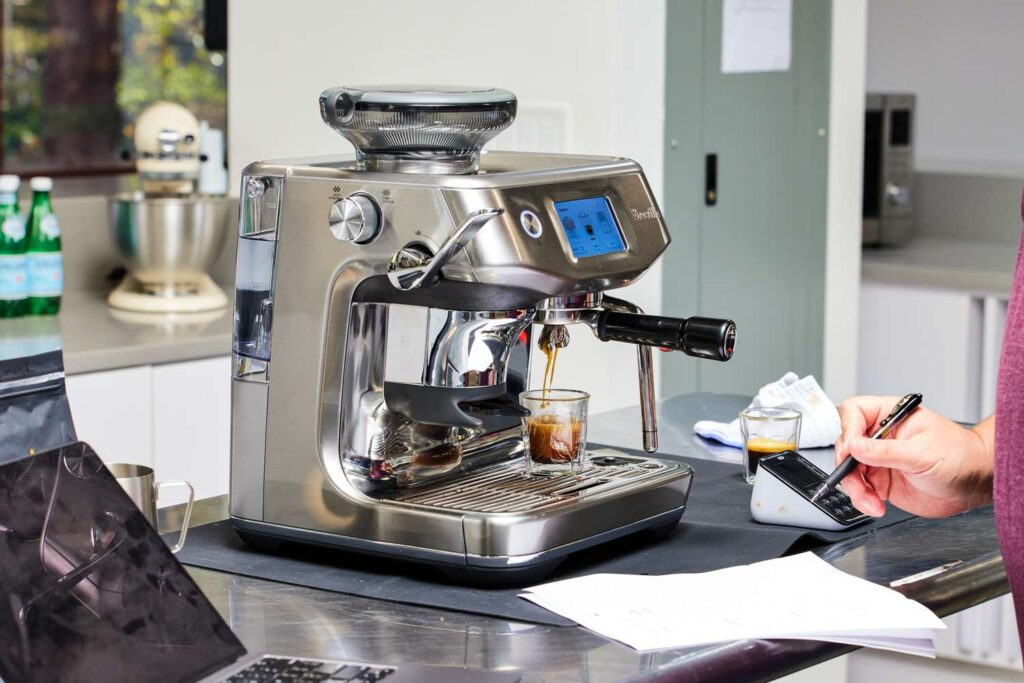
At espressoandmachines.com, we’re not just passionate about making great coffee; we’re committed to providing you with the knowledge to use your equipment safely. This article about “Can Espresso Machines Explode“, delves deep into the causes of espresso machine explosions, how likely they are to happen, and most importantly, how to prevent them. Let’s explore everything you need to know about the risks associated with espresso machines and how to avoid them.
What Causes an Espresso Machine to Explode?
When thinking about an espresso machine, you might not immediately consider the potential risks. However, espresso machines work by generating and controlling high-pressure steam to brew coffee quickly and efficiently. Any malfunction or misuse of this process can lead to dangerous outcomes. Let’s explore some key factors that can cause an espresso machine to explode.
Pressure Build-up: The Main Culprit Behind Explosions
Espresso machines operate by forcing water through tightly packed coffee grounds using intense pressure. If this pressure is not properly managed, it can lead to a catastrophic failure.
How Espresso Machines Use Pressure
Pressure is essential for pulling a quality shot of espresso. Most machines use a pump to generate pressure ranging from 9 to 15 bars, much higher than the typical atmospheric pressure. This high-pressure environment extracts the rich flavors and oils from the coffee grounds, creating a thick, crema-topped shot. However, when the internal components, such as valves or seals, fail, pressure can build up beyond safe limits.

The Role of Steam and Temperature in Pressure Regulation
Steam and temperature play a pivotal role in the operation of an espresso machine. A boiler heats water to a specific temperature, creating steam that builds up pressure. If the temperature sensors malfunction or if the machine lacks a pressure release valve, the excess pressure can cause the boiler to rupture. Regular maintenance is crucial to ensure that the temperature controls and steam vents are functioning correctly.
Signs of Dangerous Pressure Levels in Espresso Machines
Common warning signs that your machine may be under dangerous pressure include loud hissing sounds, leaking steam from unexpected places, or difficulty operating the portafilter. These signs indicate that pressure is building up beyond the design capacity of the machine, creating a risk of explosion.
Common Technical Failures That Lead to Explosions
Technical malfunctions are a significant cause of espresso machine explosions. Components such as pressure relief valves, boilers, and gaskets play a critical role in ensuring safety.
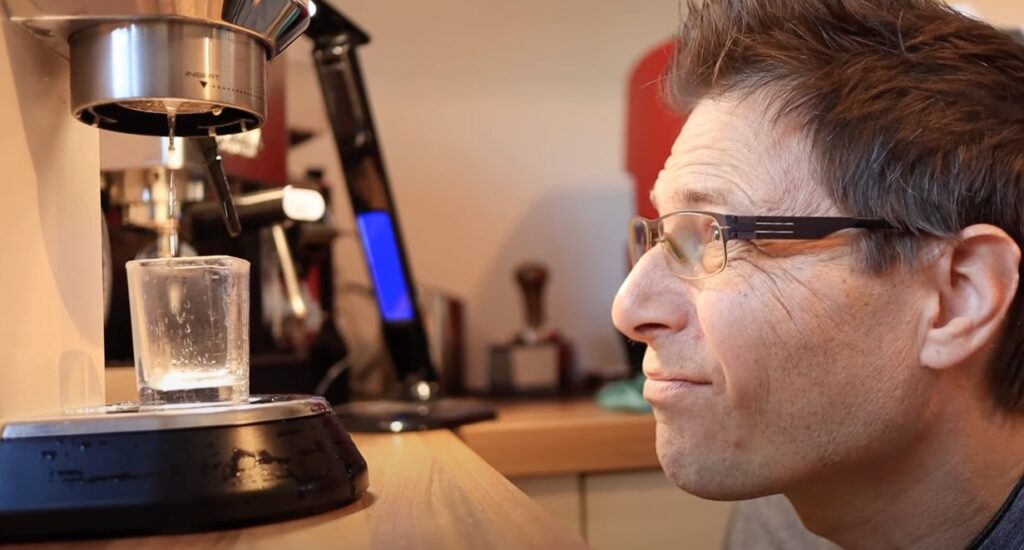
Faulty Pressure Relief Valves
The pressure relief valve is a critical safety feature in espresso machines. It’s designed to release excess pressure when it reaches a dangerous level. A malfunctioning valve can trap pressure within the machine, leading to a risk of explosion. Regular inspection and replacement of these valves are essential.
Boiler Malfunctions and Overheating Issues
The boiler is responsible for heating water to create steam. If the boiler overheats due to a faulty thermostat or lack of water, it can result in extreme pressure build-up. Over time, the metal can become fatigued and rupture under high pressure. Ensuring the boiler is functioning correctly is key to preventing overheating and pressure issues.
Poorly Sealed Gaskets and Leaks
Gaskets seal the components of an espresso machine to prevent steam and water from escaping. Over time, these gaskets can wear out, leading to leaks and a loss of pressure integrity. A poorly sealed machine can result in an inconsistent pressure build-up, potentially leading to sudden releases or explosions.
User Errors and Their Contribution to Machine Explosions
While technical failures are often the root cause, user errors can significantly increase the likelihood of an espresso machine explosion. Misuse or neglect can push a machine past its safe operating limits.

Overfilling the Water Reservoir
Overfilling the water reservoir can disrupt the balance of steam and water in the boiler, creating excessive pressure. This is a common mistake among new users, especially those unfamiliar with their machine’s capacity. Always adhere to the manufacturer’s guidelines for filling the reservoir.
Blocking the Steam Wand or Portafilter
If the steam wand or portafilter is blocked, pressure will have nowhere to escape, leading to an increase within the machine. Regularly clean these components to ensure they are free of obstructions, and never force them if they seem stuck.
How Likely is an Espresso Machine to Explode?
The likelihood of an espresso machine explosion is relatively low, provided the machine is properly maintained and used according to manufacturer instructions. However, accidents do happen, and it’s essential to understand the risks involved.

Analyzing Real-world Cases of Espresso Machine Explosions
While rare, documented cases of espresso machine explosions do exist. Investigating these incidents reveals a pattern of common technical failures and misuse.
Documented Incidents and Commonalities
Most recorded incidents are due to a lack of maintenance, such as ignoring pressure relief valve warnings or using incompatible replacement parts. Often, older machines without modern safety features are at higher risk.
Legal Implications and Manufacturer Recalls
In severe cases, manufacturers have issued recalls to address safety concerns. These recalls are often due to defects in pressure management systems. It’s crucial to stay informed about any recalls or safety updates for your specific machine model.
Risk Factors Based on Machine Type and Build Quality
The type and build quality of an espresso machine can significantly impact its safety.
Home vs. Commercial Espresso Machines
Commercial machines are designed to withstand continuous use and higher pressures, making them more robust. Home machines, while adequate for daily use, may not have the same level of pressure tolerance, making them more susceptible to pressure-related issues.
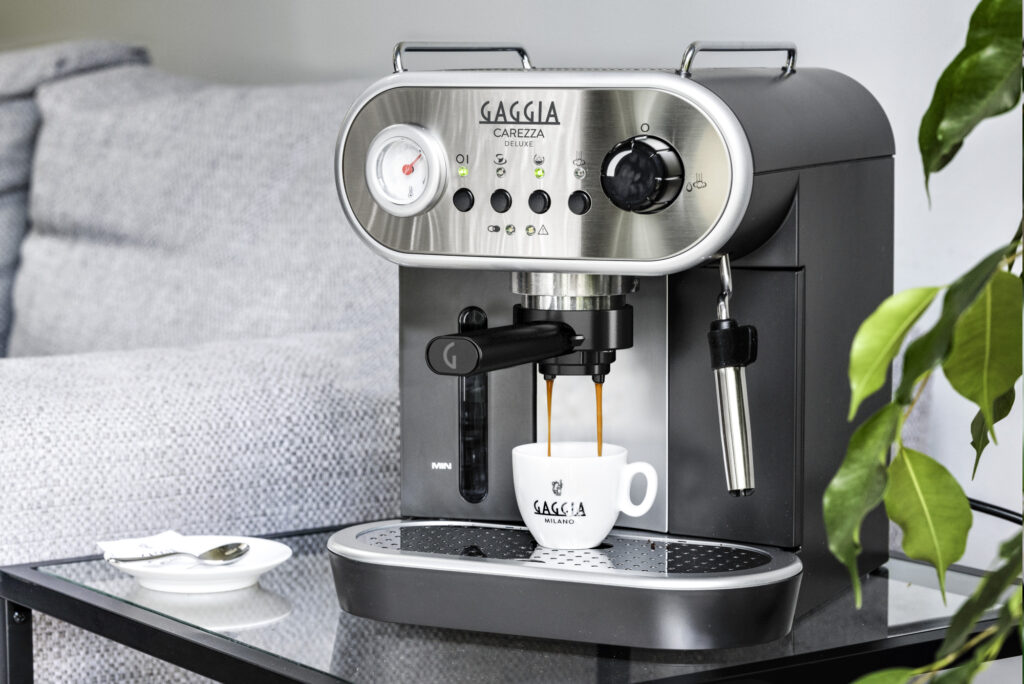
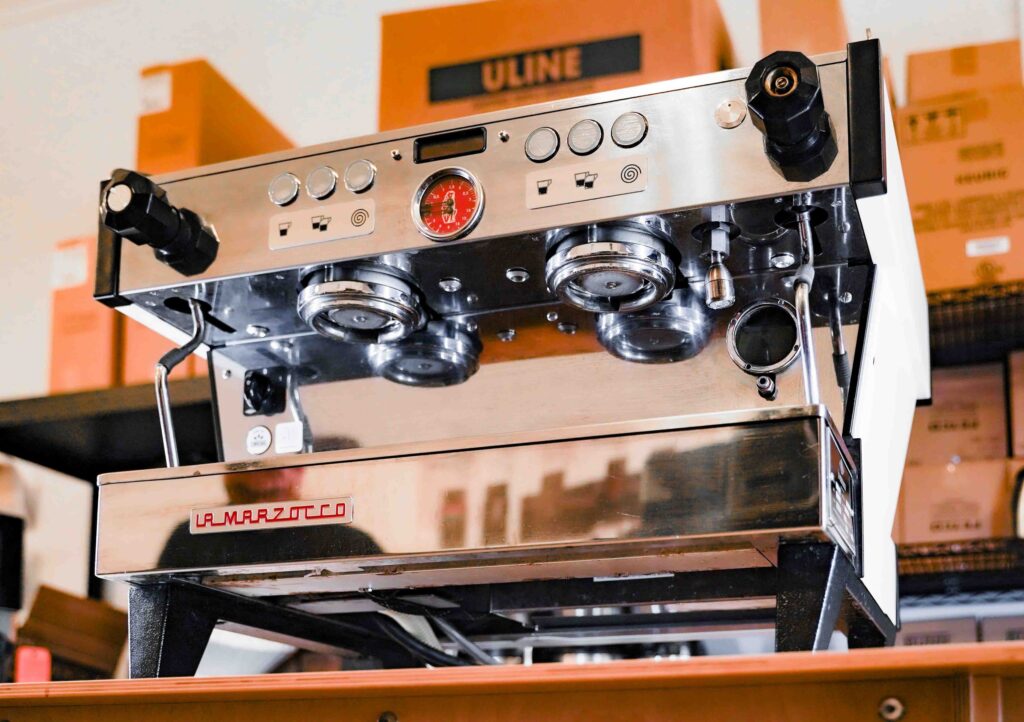
The Impact of Brand and Safety Certifications
Brands that invest in rigorous safety testing and certifications offer added peace of mind. Machines with UL or CE safety certifications have undergone strict testing for pressure safety, reducing the risk of malfunction.

Understanding the Safety Mechanisms in Modern Espresso Machines
Modern machines come equipped with several safety mechanisms designed to prevent pressure-related incidents.
Pressure Relief Systems
Most espresso machines feature pressure relief valves or overpressure mechanisms to automatically vent excess pressure. These systems are the first line of defense against pressure build-up.
Automatic Shut-off and Temperature Controls
Advanced machines also have automatic shut-off features that activate if the machine reaches unsafe temperatures or pressure levels. These features can prevent overheating and pressure spikes, making the machine much safer to operate.

Safety Precautions to Prevent Espresso Machine Explosions
Preventing espresso machine explosions involves a combination of regular maintenance and correct usage practices. Here’s how you can keep your machine running safely.
Regular Maintenance and Inspection
Regularly inspecting your espresso machine can catch potential issues before they become dangerous.
- Checking Seals, Valves, and Hoses for Wear and Tear Inspect all seals, valves, and hoses for signs of wear, cracks, or leaks. Replace any damaged components immediately to maintain pressure integrity.
- Cleaning the Boiler and Descaling to Avoid Pressure Buildup Regular descaling prevents mineral build-up that can obstruct pressure pathways, leading to increased pressure. Clean the boiler according to the manufacturer’s instructions.
Proper Use and Handling of the Machine
Using your espresso machine correctly is just as important as maintaining it.
- Avoiding Overfilling the Reservoir Always keep the water level within the recommended range. Overfilling can lead to water getting into the boiler unexpectedly, disrupting pressure balance.
- Ensuring the Portafilter and Steam Wand are Properly Sealed Check the portafilter and steam wand for a secure fit before use. Improper sealing can lead to unexpected pressure release.
When to Seek Professional Repairs vs. DIY Fixes
Not all repairs can or should be handled at home. If you notice persistent issues with pressure or temperature, it’s best to consult a professional rather than attempting DIY fixes.
What to Do if Your Espresso Machine is Showing Warning Signs
If you notice unusual behavior from your espresso machine, take it seriously and act immediately.
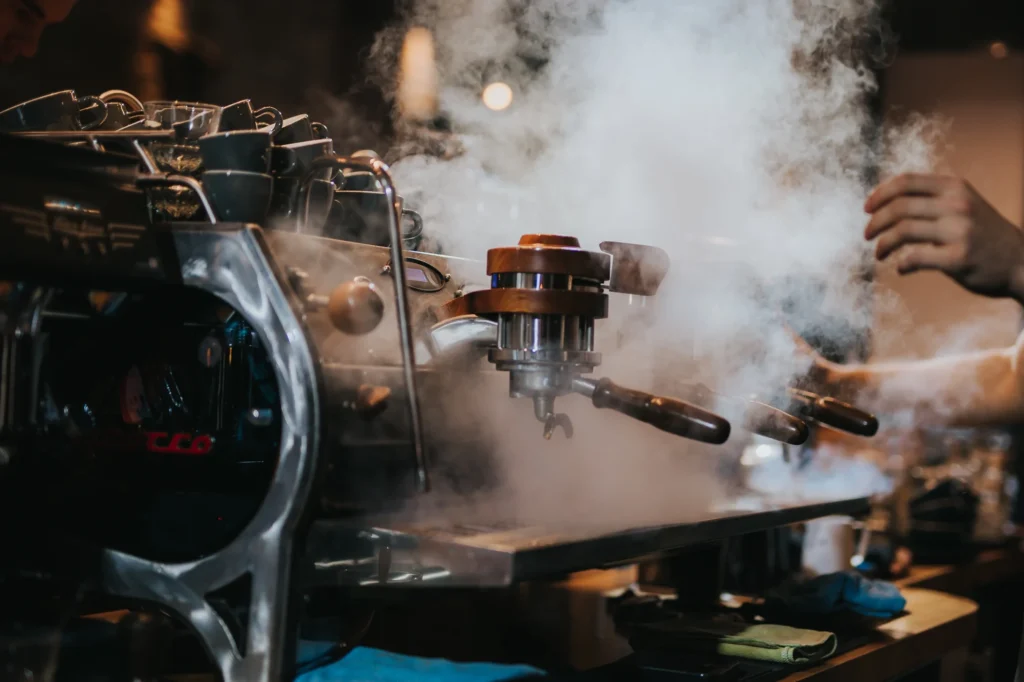
Identifying Early Warning Signs of Pressure Issues
- Unusual Noises or Hissing Sounds Hissing or loud noises often indicate escaping steam or pressure issues. Turn off the machine and allow it to cool before investigating.
- Steam or Water Leaking from Unintended Areas Leaks are a clear sign that something is wrong. Do not use the machine until the issue is resolved.
Immediate Steps to Take Before It Becomes Dangerous
If you suspect your machine is under excessive pressure, follow these steps:
- How to Safely Depressurize the Machine Turn off the machine, open the steam wand carefully, and allow any built-up steam to escape.
- Disconnecting from Power and Water Supply Unplug the machine and shut off the water supply to prevent further pressure build-up.
FAQs: Answering the Most Common Questions About Espresso Machine Safety
Can Using Cheap Coffee Cause an Espresso Machine to Explode?
No, using cheap coffee itself doesn’t cause explosions. However, using excessively fine grinds can clog the portafilter, leading to increased pressure build-up.
What Should I Do if My Espresso Machine Smells Like Burning?
If you smell burning, turn off the machine immediately. It could be an overheating issue or a sign of electrical problems.
Are There Specific Brands Known for Safety Issues?
Some budget brands may lack proper safety features. Stick to reputable brands with strong safety records and certifications.
Disclosure: Our blog contains affiliate links to products. We may receive a commission for purchases made through these links. However, this does not impact our reviews and comparisons. We try our best to keep things fair and balanced, in order to help you make the best choice for you.




